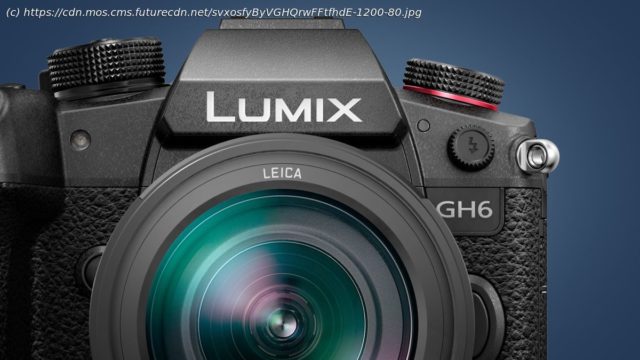We’re deep into testing the Panasonic Lumix GH6 – here are the things we like and don’t like about the video camera.
The Panasonic Lumix GH6 has finally landed – and we’ve been putting the video powerhouse through its paces ahead of our full review. It’s impressed us so far, but there are still lots of tests to be done. So we thought we’d round up some of our favorite GH6 features so far, plus a few of the downers, to help give you an idea of whether it’s shaping up to be the camera for you. Some of the obvious upgrades from the Panasonic GH5 and GH5S include a new 25.2MP sensor, which is the highest resolution we’ve seen so far on a Micro Four Thirds camera, and fancy modes like being able to shoot in 4K/120p or with anamorphic lenses. But we wanted to pick out some of the smaller touches that this feature-packed camera brings to the table, from its design to some of its practical benefits compared to full-frame cameras. So based on the testing we’ve done so far for our hands-on Panasonic Lumix GH6 review, here are the things we like (and don’t like) about Panasonic’s long-awaited video camera. The GH6’s design might not be original, but your camera doesn’t need to win the Turner Prize – it needs to get out of the way so you can create photos and video. Panasonic has included a lot of nice touches to help the GH6 do this, from its big, textured grip to its handy audio button, but one of our favorites is the record button on the front. You get the usual record button on the top plate, and the shutter can also start recording. But it’s the second record button on the front next to the lens mount (alongside the handy tally lamp) that’s particularly useful for vloggers or one-person film crews. Expect to see this appear on more video-centric cameras in the future. Flip-out screens are a must for video cameras, and the Panasonic GH6 has one of the best we’ve used. Just like the Panasonic Lumix S1H, its 1.8-million dot rear LCD is attached to a tilting plate that extends back from the camera body, which brings a couple of benefits. One is that you can move the screen away from any of the ports on the side, so it doesn’t interfere with the cables from external microphones or monitors. But the other is that you can tilt the screen up and remain in line with the camera and lens, unlike screens that flip out to the side and push you off axis from what you’re shooting. The GH6 isn’t the first camera to let you record in the Apple ProRes internally, but it is one of the few to join the Blackmagic Pocket Cinema Camera 6K Pro in doing so.






